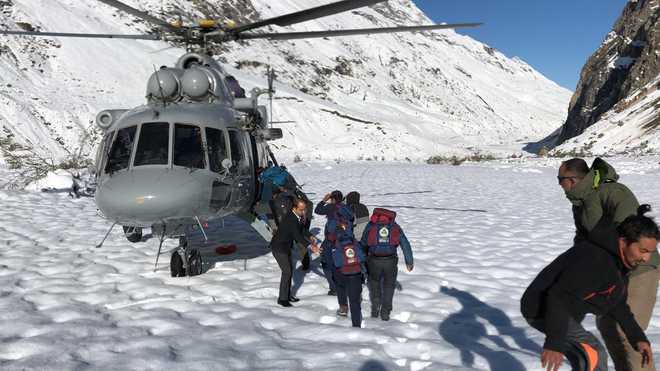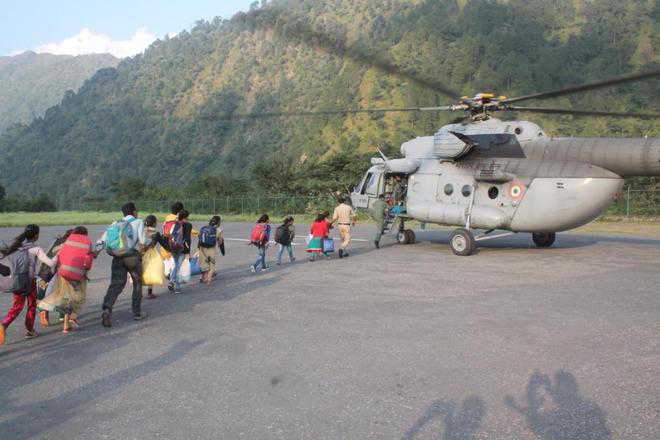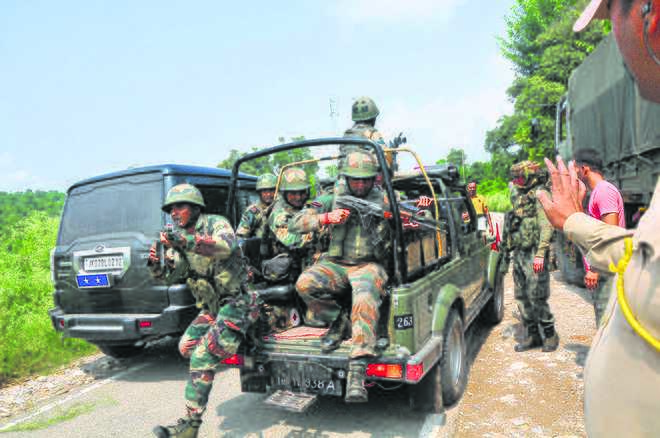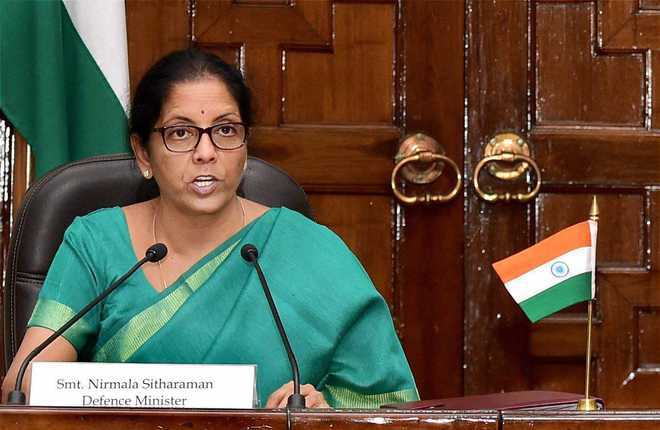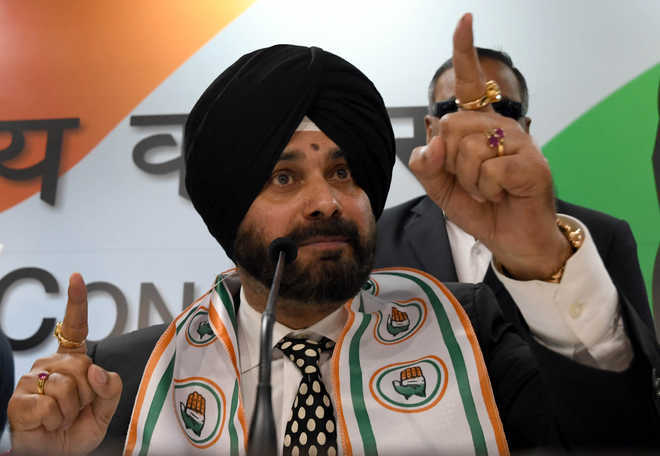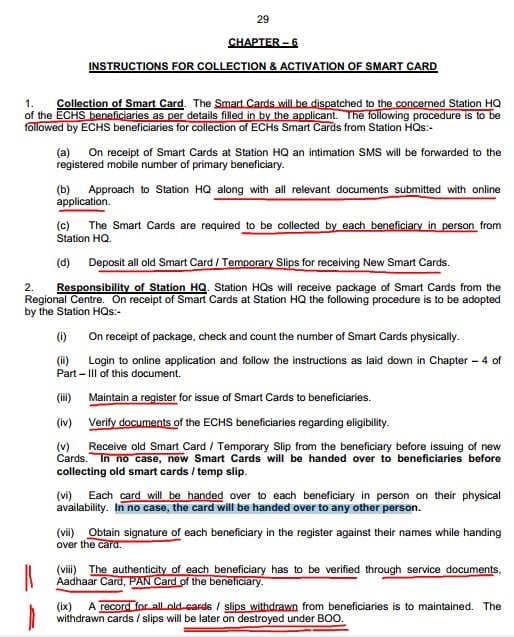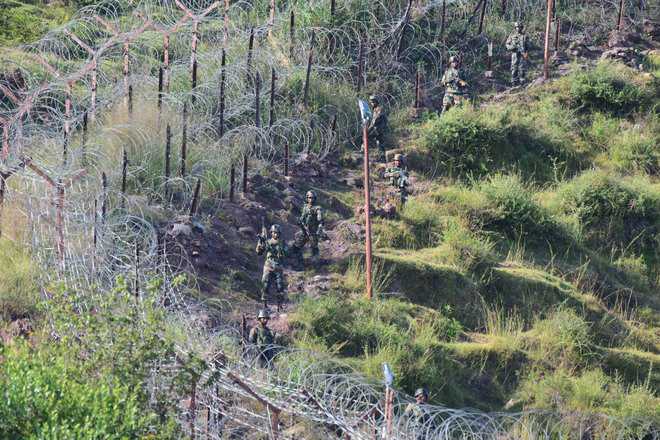As our government demands we celebrate “Surgical Strikes Day”, we should instead reflect. And feel disturbed – because not for decades has a government so blatantly politicised Indian defence and India’s military. The Bharatiya Janata Party has shown that it is willing to compromise on India’s security just to try to win a few elections.
Let’s recall for a moment exactly what we’re commemorating. Two years ago, the Indian military crossed over the Line of Control in the Kupwara and Poonch districts of Jammu and Kashmir to attack forward camps where it believed militants planning to sneak into India were briefed. The commandos, believably, say perhaps 40 militants and a couple of regular Pakistani soldiers were killed. In other words, the strikes were a tactical success.
But the action was a strategic failure: because it has signally failed to deter Pakistan. Far from changing our neighbour’s behaviour, in the two years since the strikes across the border – ceasefire violations have gone up four-fold. Security personnel are being killed on a regular basis; infiltrations do not just continue but in fact have intensified beginning in 2016. The Indian army carries out the orders of its political masters; tactics are the domain of the commanders on the ground. But it is clear that strategic thinking is absent in New Delhi. So should we not also on this day commemorate the strategic errors of the government? Should we call it “Strategic Failures Divas” instead?
This is just one more way in which the government has chosen to stoke the fires of Kashmir, irresponsibly and short-sightedly, in order to pump up its “nationalist” credentials in the Hindi belt. Back in 2014, discontent in the Valley was under control. There were barely 200 militants, probably less, left. Local recruitment was negligible. In the years since then, fuelled by the BJP’s irresponsible politics locally and by its divisive rhetoric nationally, the number of young Kashmiris turning to militancy has sky-rocketed. This should give any nationalist Indian pause. But apparently it means nothing to India’s “nationalist” party. It would seem that only election victories matter and since the surgical strikes helped them win the Uttar Pradesh assembly elections, their memory must be kept alive.
In the meantime, the Indian government’s approach to Pakistan where it matters has been embarrassingly schizophrenic. Most ridiculously, it cancelled a meeting between External Affairs Minister Sushma Swaraj and her Pakistani counterpart in New York barely 24 hours after it had been announced. This followed a negative reaction from some of its more jingoistic supporters online. Nobody can fault the government’s reaction time. But security policy and diplomacy cannot respond to Twitter trending topics. The silliness didn’t stop there: an absurdly worded statement from the foreign ministry – “the true face of Imran Khan has been revealed to the world” – needlessly personalised the issue and deliberately alienated the man who is now, for better or for worse, Pakistan’s prime minister for the next five years. All this did was put Khan’s back up, and cause him to tweet something equally silly about his Indian counterpart – “small men who occupy big offices”. India’s job should be to detach Khan from the military, and to widen civilian-military gaps in the new administration. That is where our security lies – and, of course, it would be good for Pakistan as well. But the Indian government is so scared of its own social media trolls that it would rather behave like them than in India’s interest.
If the government truly wished us to celebrate our military – the supposed reason for Surgical Strikes Day, and the subject of a circular sent out to schools and universities by the busybodies in New Delhi – then it could have picked any number of important dates in our history.
We already have Kargil Victory Day on July 26 – that could have been one occasion. Or November 1, the day in 1948 that General Thimayya and the tanks of the Seventh Light Cavalry took Zojila Pass and the crucial road to Ladakh. The truth is that there’s no shortage of such days. Picking the day of one particular set of cross-border strikes slights the Indian army’s history. It isn’t surprising that, according to most reports, veterans are noticeably unenthusiastic about the government’s plans for celebration.
Worst of all are the open claims that more such strikes are in the offing. One must assume that India’s Army chief acts on his own, and does not follow political orders. Yet General Rawat’s recent bellicose statements on television – “I believe there is a need for another surgical strike” – suggest at least that the civilians in government have not chosen to do their job and restrain him from making unfortunate statements to the media.
The whole point of undercover operations is that they are, well, undercover. It was bad enough when the government decided to publicise the 2016 strikes after they had happened; now we are publicising them before they take place?
What next – will we send BJP social media managers along so they can live-tweet where the army is going to strike?
Cross-border strikes are risky, and so should not be telegraphed in advance. What does risk mean in this context? What does danger mean? It means that soldiers might die. It means that such strikes carry a significant risk of failure. Not only should no Indian soldier’s life be sacrificed on the altar of political propaganda, but as Lieutenant General Vinod Bhatia has pointed out, the very fact that the government chooses to make cross-border strikes the subject of propaganda makes them a less effective weapon. It means it cannot afford to risk them going wrong. The propaganda, far from making India stronger, has deprived it of an instrument it has used often, but quietly.
(Mihir Swarup Sharma is a fellow at the Observer Research Foundation.)
Disclaimer: The opinions expressed within this article are the personal opinions of the author. The facts and opinions appearing in the article do not reflect the views of NDTV and NDTV does not assume any responsibility or liability for the same.












